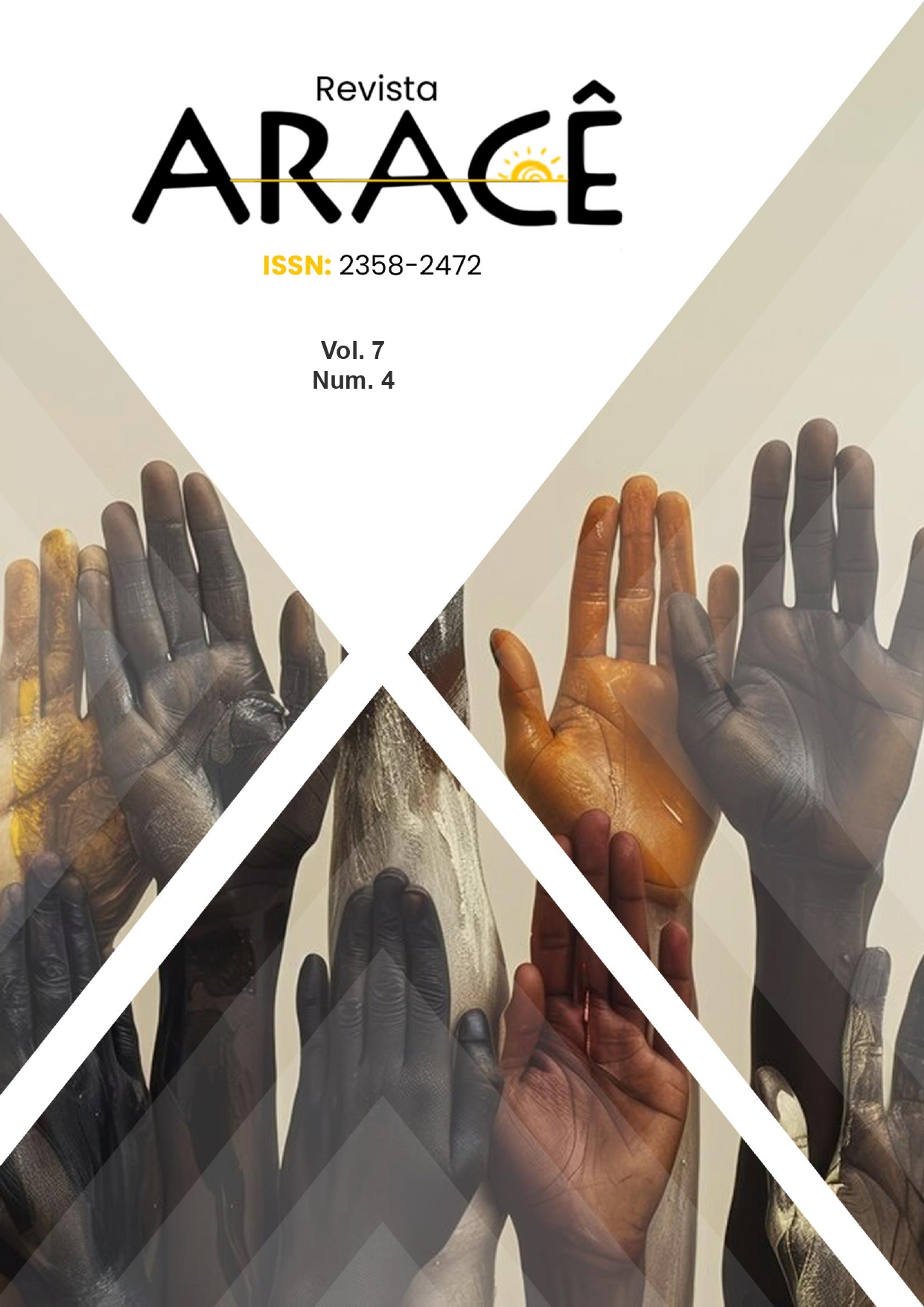POLÍTICAS PÚBLICAS DE CONVIVÊNCIA COM O SEMIÁRIDO: O PROGRAMA P1+2 EM UM MUNICÍPIO DO CEARÁ, BRASIL
DOI:
https://doi.org/10.56238/arev7n4-074Palavras-chave:
Políticas públicas, Semiárido, Tecnologia social, Icó-Ceará-BrasilResumo
Objetiva-se apresentar o Programa Cisternas de Produção do P1+2 como uma Política Pública para o fortalecimento da agricultura familiar no município de Icó no Sertão do Semiárido do Estado do Ceará, Brasil. Metodologicamente esta investigação é um estudo de caso exploratório de natureza básica com abordagem qualitativa-quantitativa. Os dados foram secundários do Instituto Elo Amigo, instituição executora do programa no município. De modo geral, os resultados apontaram que a partir do fomento e do acesso ao Programa, as famílias icoenses puderam ter as suas atividades produtivas fortalecidas nas áreas de cultivo, criação animal, agroindústria familiar e produção de artesanato. No que tange ao atendimento das funções atribuído aos projetos produtivos, todas as famílias tiveram aumento da eficiência dentro dos subsistemas e do fortalecimento da relação com o mercado. Quanto a renda, sendo supridas as necessidades alimentares, as famílias podem comercializar o excedente produtivo e com isso gerar uma melhoria de renda. Por fim, a estrutura gerada pelo programa, dá um suporte para que as famílias possam manter uma condição de produção, ao menos mínima no período de estiagem, dando sustentabilidade às condições de trabalho no campo.





